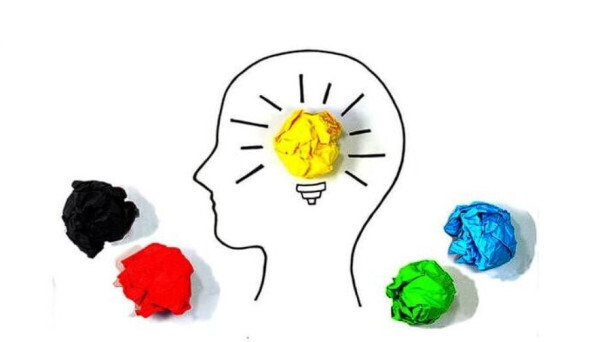Many researchers and students have concluded that physics is among the most challenging courses in almost all university STEM degree programs. Whether it’s being taken as a required course for other majors, from engineering to computer sciences, or as a standalone major, it is a difficult field of study. However, new approaches to teaching physics are emerging in college physics classrooms across the US.
Several innovative ideas fueled by research have emerged as opposed to the traditional methods of teaching physics in colleges. The common goal in physics education research is to develop a new learning and teaching strategy to support the students and their educators.
According to Jennifer Docktor, UW-La Crosse associate professor of physics, there is no need for studying physics to be difficult. She believes universities can overcome the challenges and improve student learning with research-backed teaching and learning strategies for physics.
Based on Meltzer and Thornton 2012, the research-based teaching method is also known as active learning and involves three primary features. First, it’s also based on research in the learning and teaching of physics. It includes classroom and laboratory activities that allow students to express their thoughts beyond just taking notes and listening in the classroom.
Additionally, these active learning techniques have been repeatedly tested in classroom settings and have yielded objective evidence of improved student learning. It may also be effective in helping students organize their knowledge and learn physics principles.
A 2019 study conducted by a team of physicists and educators at the University of Kansas was published in the Physical Review Physics Education Research. It introduced a new approach for helping students in college students in introductory physics classes further develop their calculus skills. Co-author Christoper Fischer, engineering physics director and associate chair of physics and astronomy at KU, stated,
“We decided instead we wanted to teach energy first — because, number one, we think it is a more genetically applicable way of thinking about physics. Number two, it also allows us to achieve our secondary goal of providing the students with more opportunities to use and practice their calculus skills.”
The ‘energy-first’ curriculum showed great results among engineering students with lower ACT scores than the traditional curriculum after a side-by-side comparison test. However, the study has encouraged more universities to try this approach to see if the results will be replicated. It has also supported the argument that it may be necessary to modify the traditional curriculum to improve physics learning in college students.
Research has shown that expert physicists solve problems by first categorizing problems and laying down the important groundwork. For instance, they work by analyzing the physics concepts and principles that apply to the problem before deciding on an approach. Therefore, instructors can teach students to practice using the right principle to solve problems.
It also involves allowing students to participate in classroom discussions and explaining why a particular principle would apply to the problem. Educators must also model this problem-solving process in class instead of taking the shortcut to the final answer.
Another example of the active learning strategy is the inclusion of peer discussion and group work in the teaching. It allows students to better understand physics content by explaining the material to other students. Some students have also been found to learn better from personalized instructions from their mates.
Group work also encourages students to share their reasoning with a group to build critical thinking and aid assimilation. Many college physics students request a college physics tutor near me to compensate for the classroom teaching gaps. Not all universities are also willing to abandon the old physics curriculum and alternatives to teaching.
Ultimately, physics instructors must adopt these modern strategies instead of the traditional classroom approach. Physics education research has also resulted in several instructional materials for teaching physics. These tools include frameworks, rubrics, and models for problem-solving.
Website: https://www.superprof.com/







